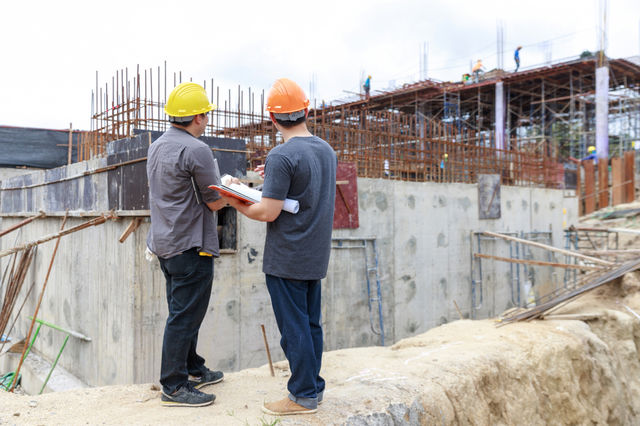Introduction
Selecting the appropriate construction materials is a critical step in ensuring the success and longevity of any construction project. The right materials not only contribute to the structural integrity of a building but also impact its functionality, aesthetics, and sustainability. In this guide, we will delve into the intricacies of choosing the right construction materials for your project.
Understanding Project Requirements
Defining Your Project’s Purpose and Scope
Before diving into material selection, clearly outline the purpose and scope of your project. Whether it’s a residential home, commercial building, or infrastructure project, understanding the intended use is crucial.
Considering Local Climate and Environmental Factors
Evaluate the climate and environmental conditions of the project location. Different materials perform differently in varying climates, and considering these factors ensures that the chosen materials can withstand the elements over time.
Material Properties and Characteristics
Strength and Durability: The Backbone of Your Structure
Prioritize materials with the required strength and durability for the intended purpose. Consider factors like load-bearing capacity, resistance to weathering, and susceptibility to corrosion.
Thermal Insulation: Ensuring Energy Efficiency
Choose materials with effective thermal insulation properties to enhance energy efficiency. This is especially important in regions with extreme temperatures.
Aesthetics and Design Flexibility
Balancing functionality with aesthetics is key. Select materials that align with the desired architectural style and provide the design flexibility needed for your project.
Sustainable and Eco-Friendly Options
Embracing Sustainable Construction Practices
In the era of environmental consciousness, opt for materials that align with sustainable construction practices. Explore eco-friendly options with low environmental impact and high recyclability.
Recycled and Upcycled Materials: A Second Life for Construction
Consider incorporating recycled or upcycled materials into your project. This not only reduces waste but also contributes to a circular economy.
Budget Considerations and Cost-Efficiency
Striking a Balance Between Quality and Cost
While it’s tempting to prioritize cost, it’s essential to strike a balance between quality and budget constraints. Invest in high-quality materials that offer long-term value.
Total Cost of Ownership: Beyond Initial Expenses
Look beyond the initial cost of materials and consider the total cost of ownership. Materials with low maintenance requirements may prove more cost-effective in the long run.
Regulatory Compliance and Building Codes
Navigating Building Codes and Regulations
Ensure that your chosen materials comply with local building codes and regulations. Non-compliance can lead to costly delays and modifications during construction.
Accessibility and Availability
Consider the availability and accessibility of materials in the project location. Opting for locally sourced materials can reduce transportation costs and support the local economy.
Key Takeaways
- Purpose and Scope: Clearly define your project’s purpose and scope.
- Material Properties: Prioritize strength, durability, thermal insulation, and design flexibility.
- Sustainability: Embrace eco-friendly and recycled materials for a sustainable approach.
- Budget Considerations: Balance quality with budget constraints and consider the total cost of ownership.
- Regulatory Compliance: Ensure materials comply with local building codes and regulations.
Frequently Asked Questions (FAQs)
How do I determine the right materials for my project’s climate? Consider the climate and environmental conditions of the project location. Consult with local experts or engineers to make informed decisions.
Are sustainable materials more expensive? While some sustainable materials may have a higher upfront cost, they often prove cost-effective in the long run due to their durability and energy efficiency.
Can I use recycled materials for structural components? Yes, many recycled materials, such as recycled steel or concrete, can be used for structural components with proper engineering considerations.
What role does design flexibility play in material selection? Design flexibility allows for creative and functional architectural solutions. Choose materials that offer the flexibility needed for your project’s design.
How can I ensure compliance with building codes? Consult with a local architect or engineer familiar with building codes in your area. They can guide you on materials that meet regulatory requirements.
Is it better to prioritize cost or quality when choosing materials? It’s essential to strike a balance. Prioritize quality to ensure the longevity of your project, but consider materials that fit within your budget constraints.
Conclusion
Choosing the right construction materials is a multifaceted process that requires careful consideration of project requirements, material properties, sustainability, budget, and regulatory compliance. By following these guidelines and making informed decisions, you can set the foundation for a successful and enduring construction project.








